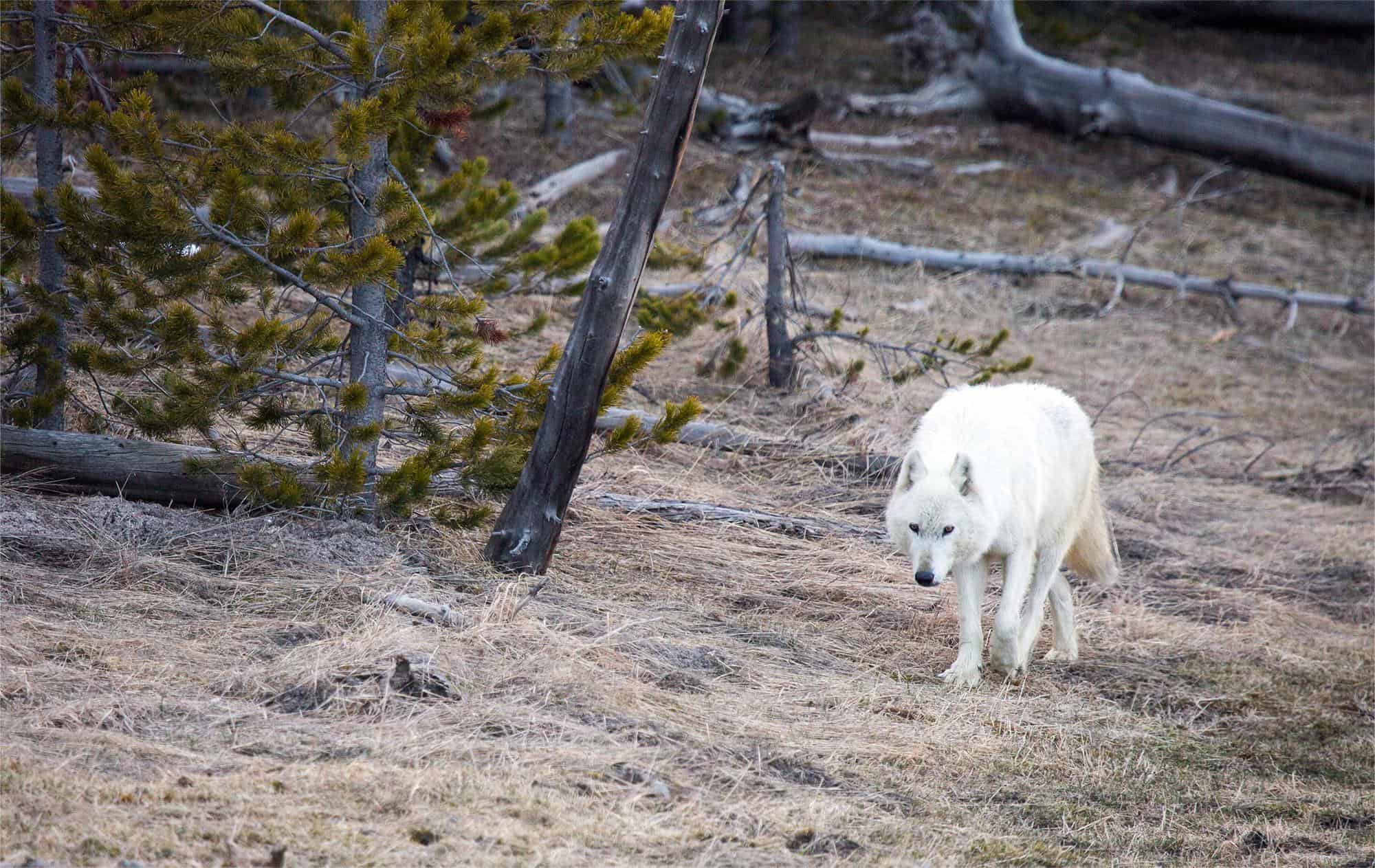Secrets Of Wolf Reintroduction In Arizona’s Apache National Forest

Have you ever wondered how wolves are making a comeback in Arizona's Apache National Forest? This fascinating story of wolf reintroduction shows how dedicated efforts can bring back a species once on the brink of extinction. In the 1990s, Mexican gray wolves were nearly wiped out. Conservationists, biologists, and local communities teamed up to reintroduce these majestic creatures to their natural habitat. Today, the forest echoes with their howls once more. This project not only helps wolves but also restores balance to the ecosystem. Curious about how this all happened? Let's dive into the journey of these incredible animals and the people who made it possible.
The Importance of Wolf Reintroduction
Reintroducing wolves to Arizona's Apache National Forest has been a game-changer for the ecosystem. These majestic creatures play a crucial role in maintaining balance. Let's dive into some key spots where you can witness the impact of this reintroduction.
Best Places to Spot Wolves in Apache National Forest
If you're eager to see these magnificent animals in their natural habitat, here are some top locations to visit.
Hannagan Meadow
This picturesque meadow offers a prime location for wolf sightings. Early mornings and late afternoons are the best times to catch a glimpse of these elusive creatures.Bear Wallow Wilderness
A remote area with dense forests and rugged terrain, Bear Wallow Wilderness provides an ideal environment for wolves. Hike through the trails and keep your eyes peeled for any movement in the underbrush.Blue Range Primitive Area
Known for its stunning landscapes, the Blue Range Primitive Area is another hotspot for wolf activity. The area's isolation makes it a perfect sanctuary for these animals.
How Wolves Impact the Ecosystem
Wolves are more than just fascinating animals; they play a vital role in the ecosystem. Their presence helps control the population of other species, leading to a more balanced environment.
Key Locations for Observing Ecosystem Changes
To truly understand the impact of wolves on the ecosystem, visit these locations.
Escudilla Mountain
This towering peak offers a bird's-eye view of the forest below. From here, you can observe how the reintroduction of wolves has affected the local wildlife and vegetation.Black River
Flowing through the heart of the forest, the Black River is a lifeline for many species. The presence of wolves has led to healthier populations of fish and other aquatic life.Mogollon Rim
Stretching across the forest, the Mogollon Rim provides a unique vantage point to see the broader effects of wolf reintroduction. The area's diverse habitats offer a glimpse into the complex interplay between predators and prey.
Tips for a Successful Wolf-Watching Trip
Seeing wolves in the wild can be a thrilling experience. Here are some tips to make the most of your trip.
Bring Binoculars
Wolves are elusive and often stay at a distance. Binoculars will help you spot them without disturbing their natural behavior.Stay Quiet
Wolves have keen senses and can be easily spooked. Keep noise to a minimum to increase your chances of a sighting.Join a Guided Tour
Local guides have extensive knowledge of wolf behavior and the best spots for sightings. Joining a tour can greatly enhance your experience.
The Future of Wolves in Apache National Forest
The reintroduction of wolves has already shown promising results, but the journey is far from over. Continued efforts are needed to ensure these animals thrive.
Conservation Efforts and How You Can Help
Supporting wolf conservation is crucial for their continued success. Here are some ways you can contribute.
Volunteer Programs
Many organizations offer volunteer opportunities to help with wolf monitoring and habitat restoration. Your time and effort can make a significant difference.Donate to Conservation Funds
Financial contributions to conservation funds support ongoing research and protection efforts. Every dollar helps sustain these vital programs.Spread Awareness
Educate others about the importance of wolf reintroduction and the positive impact it has on the ecosystem. Awareness is the first step toward lasting change.
The Impact of Wolf Reintroduction
Wolf reintroduction in Arizona's Apache National Forest has brought significant changes. These majestic creatures help balance the ecosystem by controlling deer and elk populations. This, in turn, allows vegetation to thrive, benefiting other wildlife. The presence of wolves also attracts tourists, boosting local economies.
However, challenges remain. Ranchers worry about livestock, and some locals fear for their safety. Ongoing education and collaboration between conservationists and communities are crucial for success.
The return of wolves symbolizes hope for restoring natural habitats. It shows how humans can correct past mistakes and work towards a healthier environment. As efforts continue, the Apache National Forest stands as a testament to the power of nature and the importance of preserving it for future generations.

